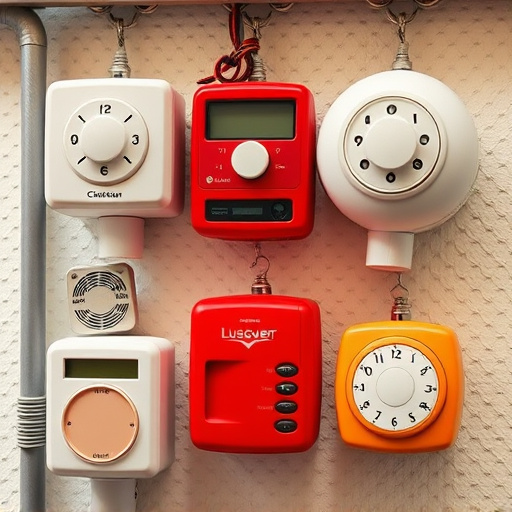Personal protection beacons with GPS offer vital assistance in emergencies, providing accurate location data for swift rescue. When choosing a beacon, the key consideration is the Personal Alarm Distance Range Comparison, as it determines the coverage area and response time. Devices range from 500 to 2000 meters, with longer ranges offering broader coverage but potential power consumption issues, while shorter ranges are more cost-effective for specific environments. The optimal choice depends on individual needs, surroundings, and safety preferences.
Personal protection beacons equipped with GPS are invaluable tools for safety and survival. This comprehensive guide delves into the intricacies of these devices, focusing on how GPS tracking enhances their lifesaving capabilities. We’ll explore a critical aspect: personal alarm distance range comparison, helping you understand the coverage that best suits your needs. By the end, you’ll be armed with knowledge to navigate emergencies confidently.
- Understanding Personal Protection Beacons
- GPS Tracking: A Lifesaving Feature
- Comparing Alarm Distances and Range
Understanding Personal Protection Beacons
Personal protection beacons equipped with GPS technology offer a crucial tool for personal safety, especially in remote or unfamiliar locations. These devices are designed to transmit an individual’s precise global positioning data, enabling emergency services and loved ones to pinpoint their exact location in case of distress. Unlike traditional alarm systems that focus on loud noises to deter threats, personal protection beacons prioritize silent notification, allowing users to maintain a low profile while still signaling for help.
When considering different models, it’s essential to look into the personal alarm distance range comparison. Each beacon has a specific range within which its GPS signal can be effectively tracked. Understanding these ranges is vital as it dictates the level of coverage and assistance one can expect in various scenarios. Whether hiking, traveling alone, or living in remote areas, selecting a beacon with an adequate distance range ensures timely response during emergencies.
GPS Tracking: A Lifesaving Feature
GPS tracking is a pivotal feature in personal protection beacons, making them indispensable tools for safety and emergency situations. This technology allows users to pinpoint their exact location, enabling swift rescue operations when activated. Unlike traditional methods that rely on memory or vague descriptions, GPS provides accurate data, ensuring help arrives quickly, especially in remote areas where landmarks may be unclear.
When considering personal alarm devices with GPS, the distance range becomes a critical factor. Each device offers varying ranges, typically measured in meters or kilometers. A broader range means greater coverage, ideal for outdoor activities or working in wide-open spaces. Comparisons between different models should focus on this aspect to ensure the beacon’s effectiveness during an emergency, no matter where it occurs.
Comparing Alarm Distances and Range
When considering personal protection beacons with GPS, one crucial aspect to evaluate is the alarm distance and range. These devices are designed to alert authorities or loved ones in case of emergencies, so understanding their reach is vital. Personal alarms typically offer a range of 500 to 2000 meters (1640–6562 feet), depending on factors like terrain, obstacles, and the specific technology used.
In a comparison of alarm distances, devices with longer ranges provide greater coverage and peace of mind. However, it’s essential to note that longer-range alarms might have trade-offs in terms of power consumption and signal clarity. Conversely, shorter-range beacons may be more cost-effective but offer limited protection in open areas or challenging landscapes. Therefore, choosing the right alarm distance range depends on individual needs, environments, and the level of safety desired.
Personal protection beacons equipped with GPS tracking are invaluable tools for safety in various situations. By understanding the differences in alarm distances and range offered by different models, users can make informed decisions to ensure they have the appropriate level of protection. A thorough comparison of these features is essential when considering such devices, as it directly impacts one’s ability to send for help quickly during emergencies. Investigate thoroughly before choosing a beacon that suits your specific needs, ensuring peace of mind knowing you’re prepared with the best personal alarm distance range available.
